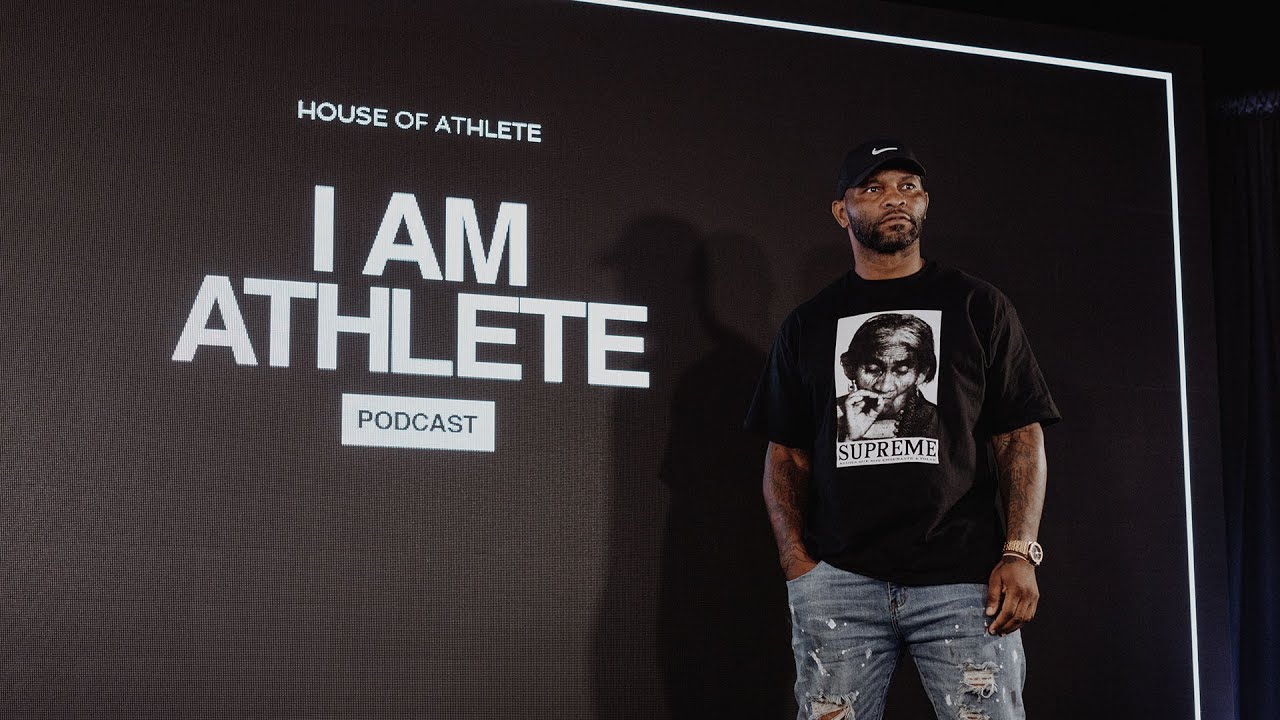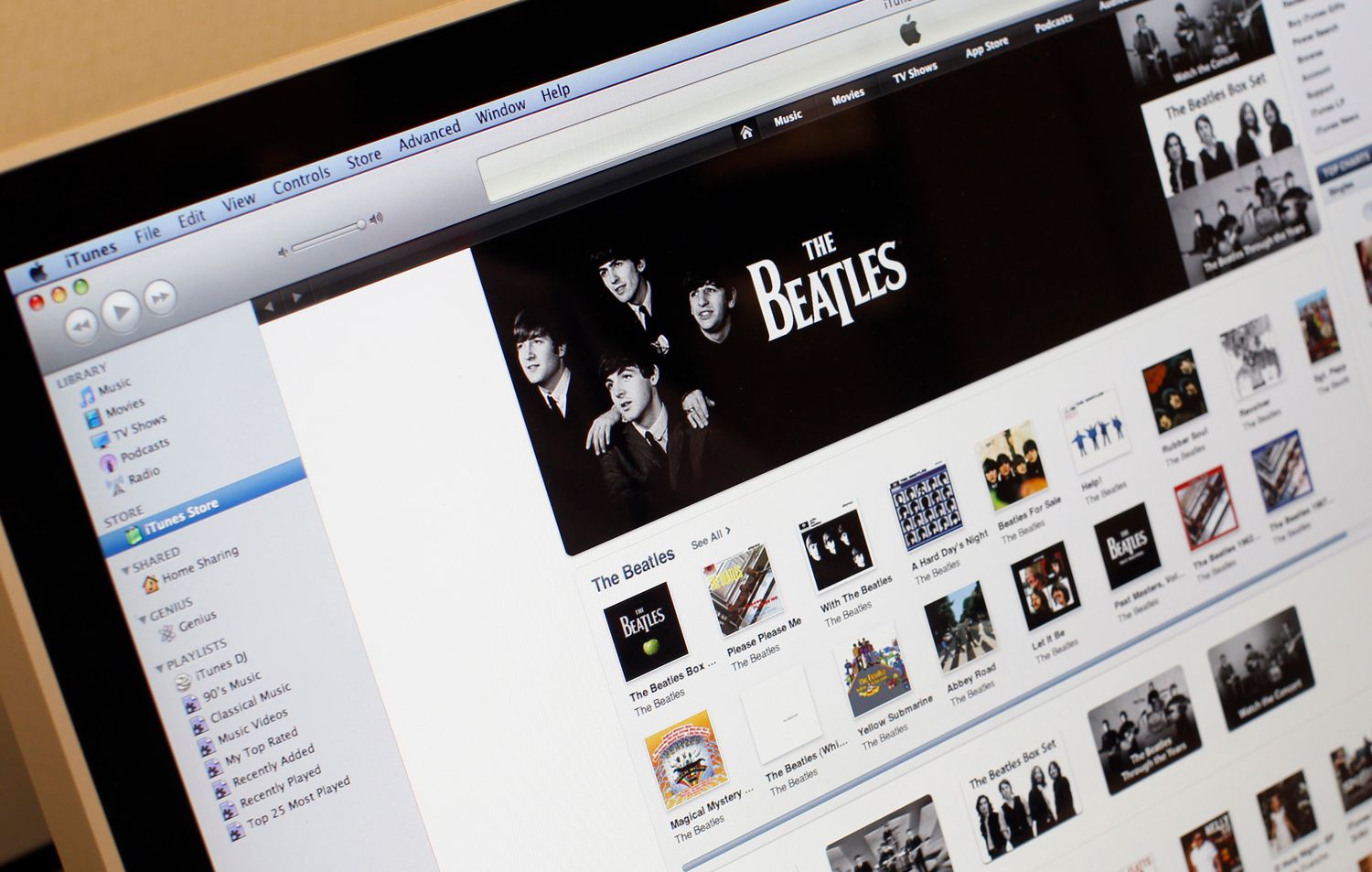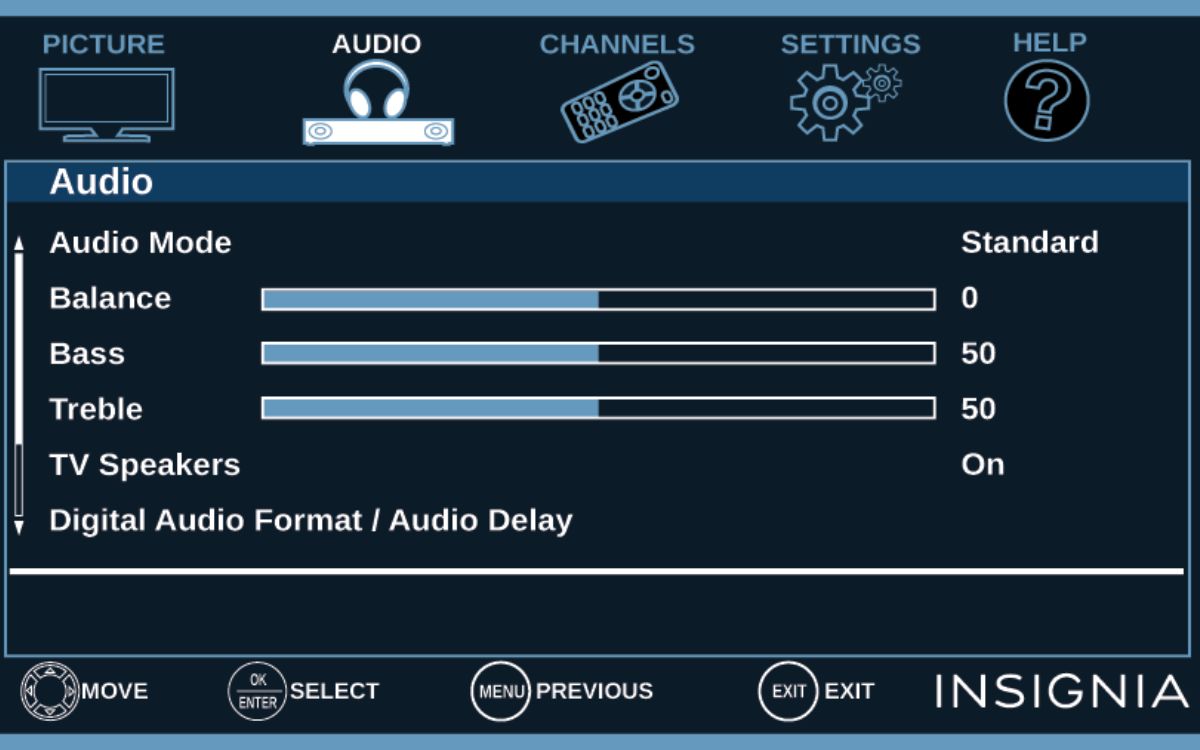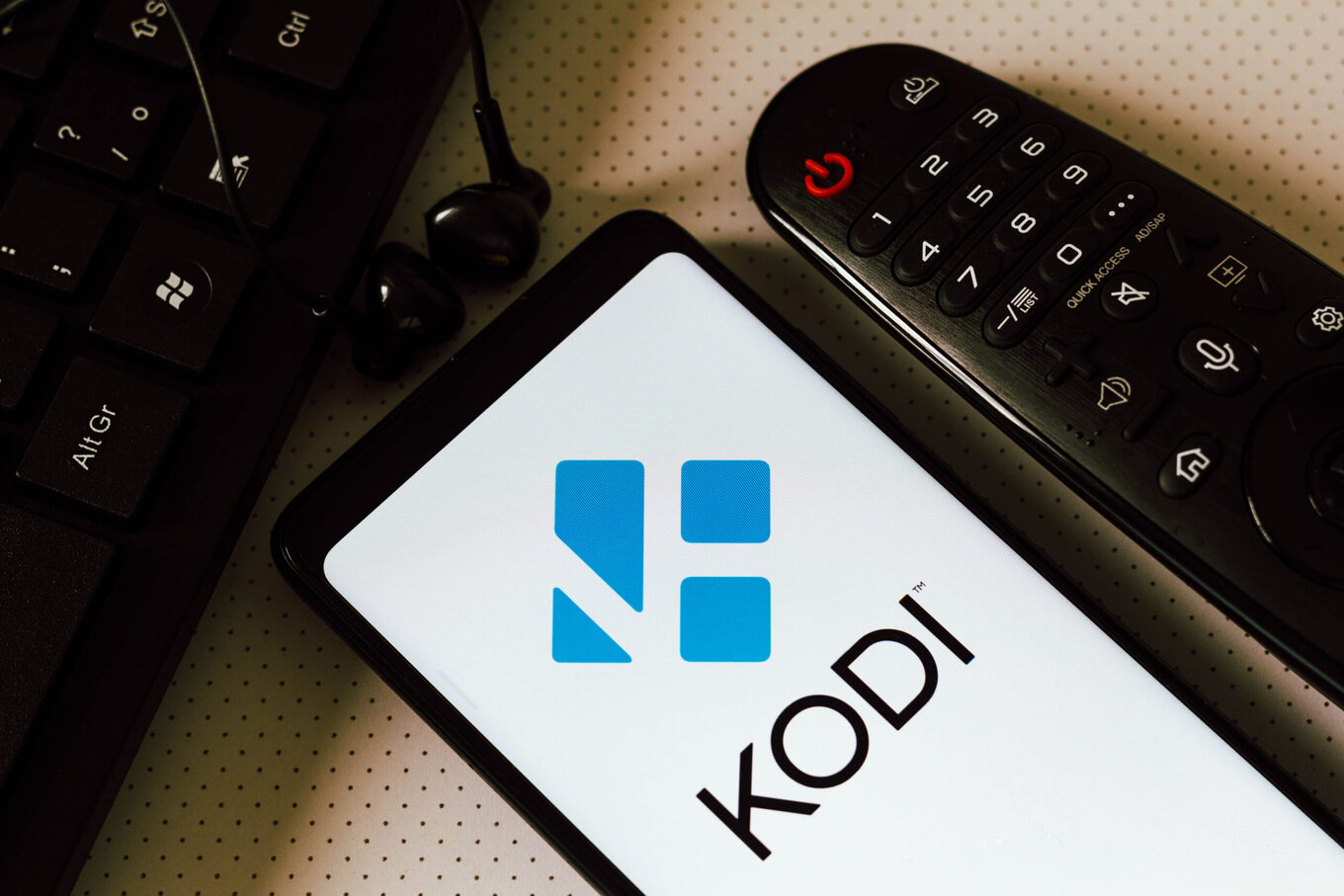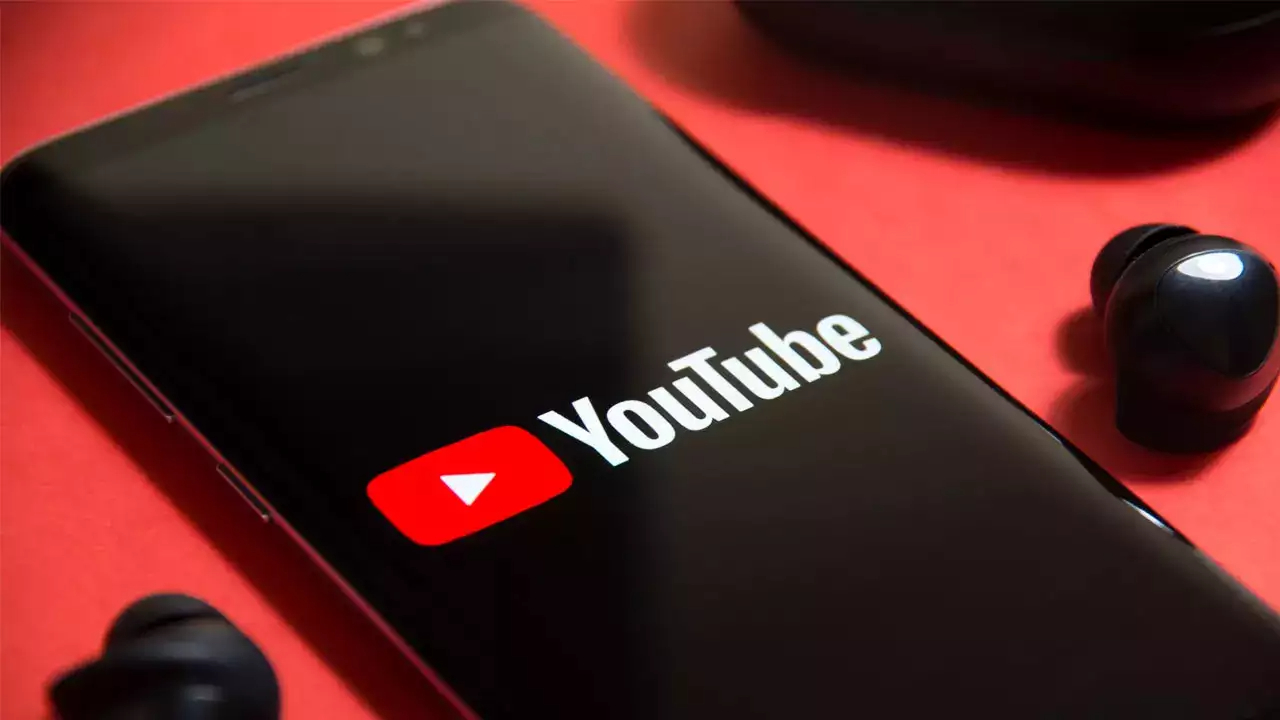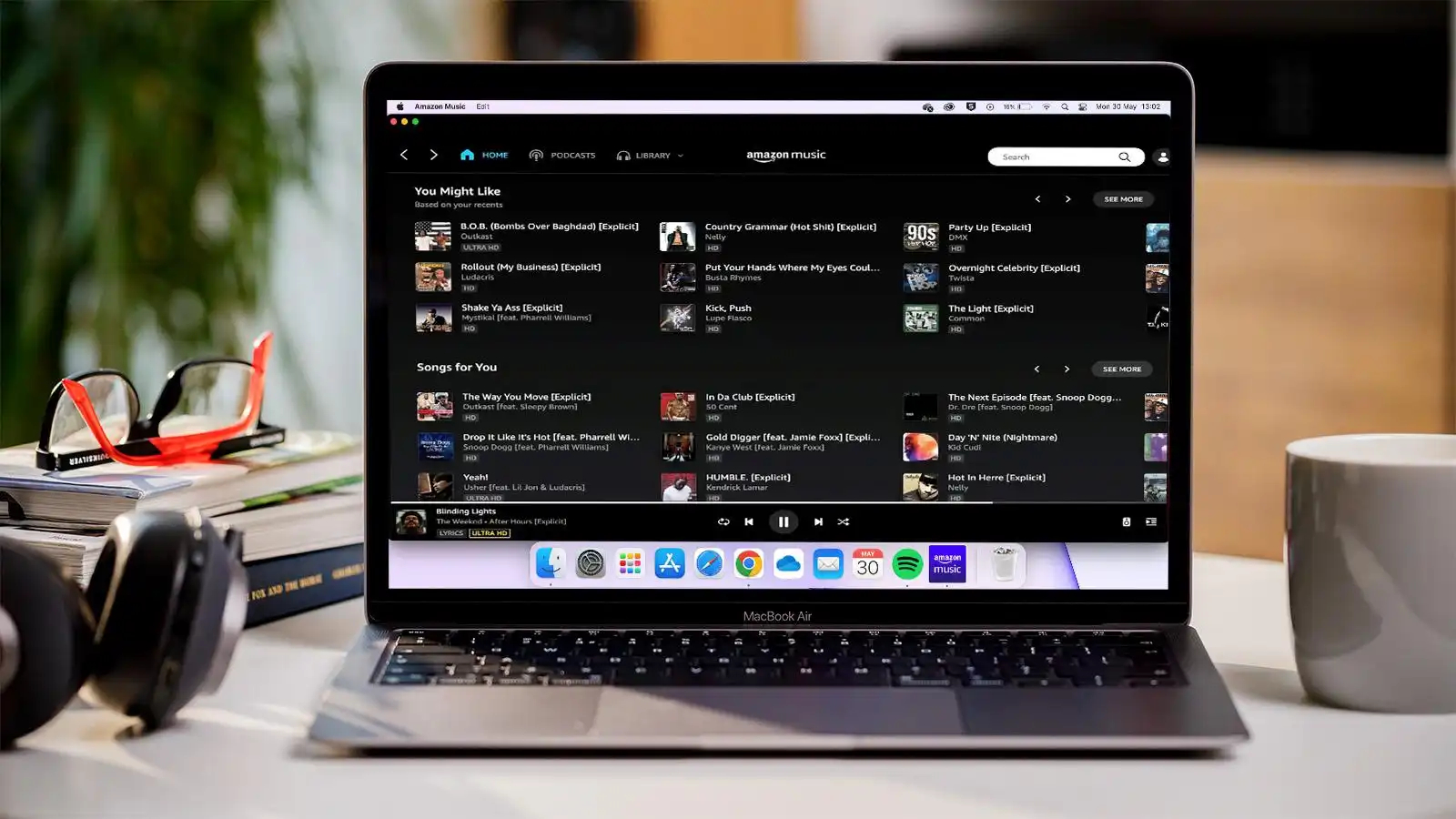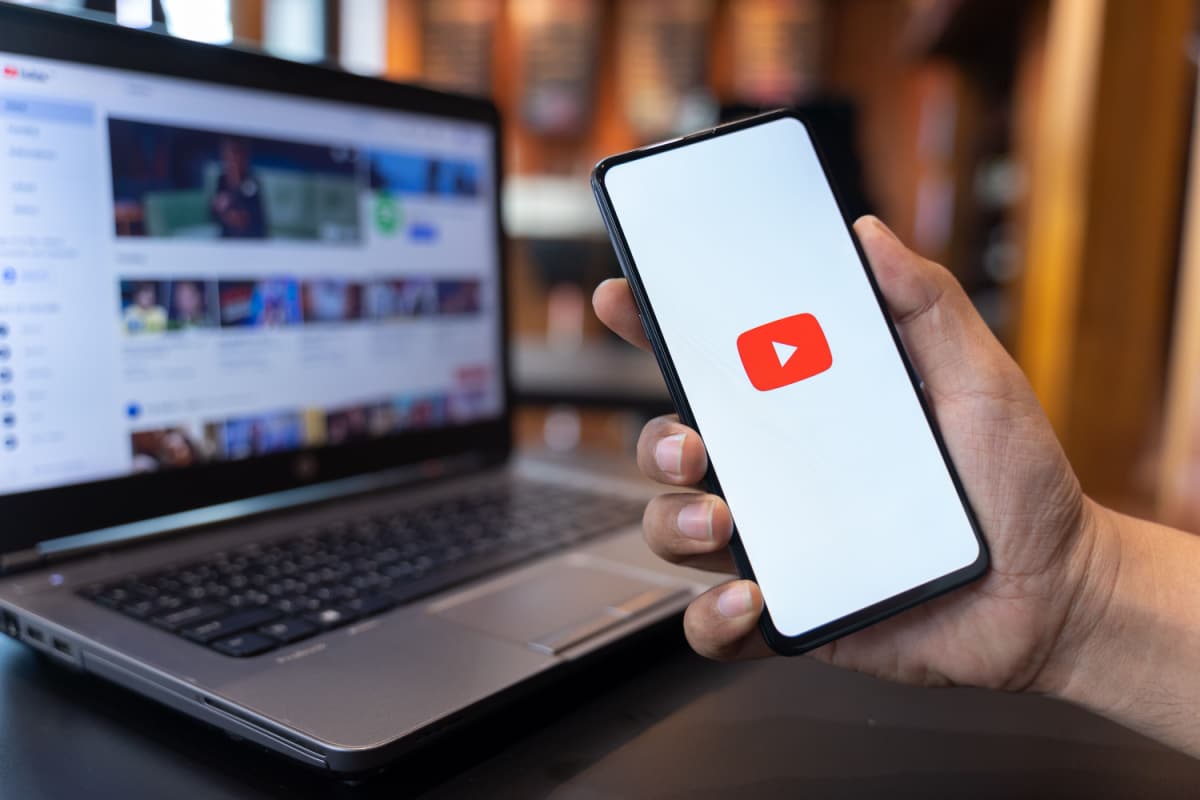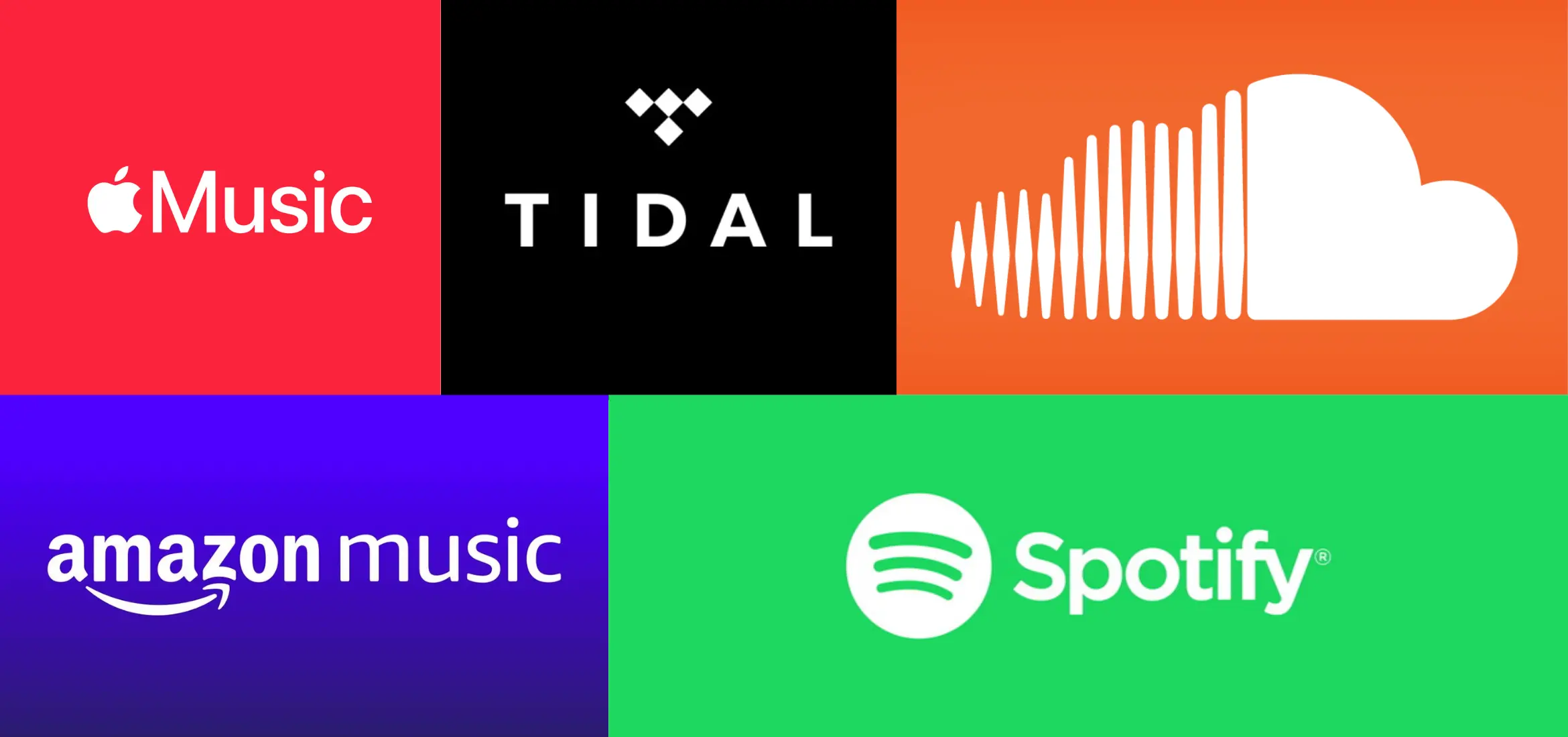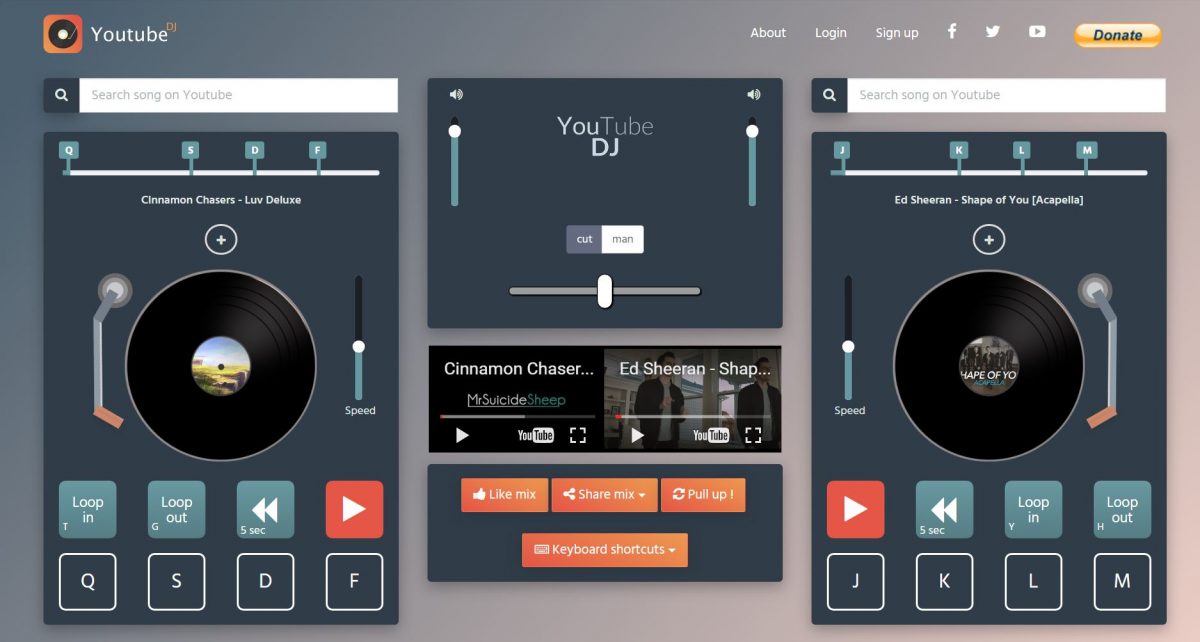Home>Devices & Equipment>Streaming>What Happens If I Use Copyrighted Music On Youtube Streaming


Streaming
What Happens If I Use Copyrighted Music On Youtube Streaming
Published: March 8, 2024
Learn about the consequences of using copyrighted music on YouTube streaming and how it can impact your channel's success. Avoid copyright issues with our expert tips.
(Many of the links in this article redirect to a specific reviewed product. Your purchase of these products through affiliate links helps to generate commission for AudioLover.com, at no extra cost. Learn more)
Table of Contents
Introduction
In the vast and ever-evolving landscape of online content creation, the allure of incorporating music into videos is undeniable. Whether it's a captivating vlog, an engaging tutorial, or a thrilling gaming stream, the right soundtrack can elevate the viewer's experience and breathe life into the visuals. However, the use of copyrighted music in YouTube videos has sparked a myriad of discussions and concerns among content creators. This article aims to delve into the intricacies of using copyrighted music on YouTube and the potential repercussions that creators may face.
As the digital realm continues to flourish, the issue of copyright infringement has become increasingly pertinent. With a plethora of music readily available at our fingertips, it's crucial for content creators to grasp the implications of utilizing copyrighted material without proper authorization. While the allure of popular tunes may be tempting, the legal and ethical considerations surrounding their usage cannot be overlooked.
In the following sections, we will explore the nuances of copyrighted music, the potential consequences of its unauthorized use on YouTube, and viable alternatives for creators seeking to enhance their content without infringing on intellectual property rights. By gaining a comprehensive understanding of these facets, content creators can navigate the intricate web of copyright regulations with confidence and creativity, ensuring that their content resonates with audiences while adhering to legal and ethical standards.
Understanding Copyrighted Music
Copyrighted music refers to any musical composition or sound recording that is protected by copyright law. This protection grants exclusive rights to the original creators or owners of the music, safeguarding their work from unauthorized use, reproduction, distribution, and public performance. In essence, when a piece of music is copyrighted, it means that the creators or rights holders have legal control over how it is utilized and shared.
It's important to recognize that copyrighted music encompasses a wide array of musical works, including popular songs, instrumental compositions, jingles, and soundtracks. These compositions are safeguarded by copyright law as soon as they are created and fixed in a tangible form, such as being recorded or notated. This means that even if a musical piece is not formally registered with a copyright office, it is still protected by default.
In the context of YouTube and other digital platforms, the use of copyrighted music without proper authorization can lead to legal ramifications, as it infringes upon the exclusive rights held by the original creators or rights holders. This infringement can occur when creators incorporate copyrighted music into their videos without obtaining the necessary licenses or permissions, thereby violating the rights of the music's owners.
Furthermore, it's essential to understand that copyright protection extends to various aspects of a musical work, including the composition, lyrics, arrangement, and the actual recording. This means that even if a creator covers a copyrighted song or uses a short segment of it, they are still encroaching upon the rights of the original creators unless they have obtained explicit permission.
In essence, understanding copyrighted music entails recognizing the legal framework that governs musical works and the rights vested in their creators or owners. By comprehending the scope of copyright protection and the implications of unauthorized use, content creators can navigate the realm of music usage with awareness and respect for intellectual property rights.
Consequences of Using Copyrighted Music on YouTube
Utilizing copyrighted music in YouTube videos without the appropriate licenses or permissions can lead to a myriad of consequences for content creators. It's imperative to grasp the potential ramifications of such actions, as they can significantly impact a creator's channel, reputation, and legal standing. Here are the key consequences of using copyrighted music on YouTube:
1. Content Removal and Copyright Strikes
YouTube employs sophisticated algorithms and manual review processes to identify copyrighted material within videos. When copyrighted music is detected, the platform may take several actions, including muting the audio, placing ads on the video to compensate the rights holders, or removing the content entirely. Moreover, copyright owners have the authority to issue copyright strikes against infringing videos, which can result in the video's removal, channel penalties, or even the termination of the creator's YouTube account.
2. Monetization Limitations
For creators enrolled in the YouTube Partner Program, the unauthorized use of copyrighted music can lead to restrictions on monetization. If a video contains copyrighted music, any potential ad revenue generated from that video may be redirected to the rights holders, depriving the creator of a significant source of income. This can impede a creator's ability to monetize their content effectively and may result in financial repercussions.
3. Legal Action and Damages
In cases of severe or repeated copyright infringement, creators may face legal action from the rights holders of the copyrighted music. This can lead to lawsuits, demands for financial damages, and legal expenses. The potential legal repercussions of copyright infringement can be financially burdensome and may tarnish a creator's reputation within the digital content creation community.
4. Impact on Channel Standing
Repeated instances of copyright infringement can adversely impact a creator's channel standing on YouTube. This may result in limitations on video duration, live streaming, and other features, hindering the creator's ability to engage with their audience and grow their channel. Additionally, a tarnished reputation stemming from copyright issues can diminish a creator's credibility and trustworthiness within the online content creation sphere.
5. Audience Disengagement
The presence of copyrighted music in videos can disrupt the viewer experience, leading to audience disengagement and dissatisfaction. If a video is muted, contains intrusive ads, or is removed due to copyright issues, it can alienate viewers and diminish the overall impact of the creator's content. This can result in reduced viewership, decreased engagement, and a negative impact on the creator's online presence.
In essence, the consequences of using copyrighted music on YouTube are multifaceted and can significantly impede a creator's success and standing within the digital content creation landscape. By understanding these potential repercussions, content creators can make informed decisions regarding the use of music in their videos, ensuring compliance with copyright regulations while fostering a thriving and sustainable creative journey.
Alternatives to Using Copyrighted Music
When seeking to enhance the auditory appeal of their YouTube videos, content creators have a plethora of alternatives to using copyrighted music. These alternatives not only mitigate the risks associated with copyright infringement but also offer opportunities for originality and creativity. Here are several compelling alternatives for incorporating music into YouTube videos without infringing on copyright:
-
Royalty-Free Music Libraries: Numerous online platforms offer extensive libraries of royalty-free music, providing creators with a diverse selection of tracks that can be used in their videos without the fear of copyright issues. These libraries often categorize music based on genres, moods, and usage scenarios, allowing creators to find the perfect soundtrack for their content.
-
Original Compositions and Performances: For creators with musical inclinations, composing and performing original music can be a rewarding alternative to using copyrighted material. By crafting their own compositions or collaborating with musicians, creators can infuse their videos with unique, personalized soundtracks that resonate with their audience while avoiding the pitfalls of copyright infringement.
-
Creative Commons Licensed Music: The Creative Commons licensing framework offers a middle ground between traditional copyright and public domain, allowing creators to use music under specific licensing terms. Platforms such as Free Music Archive and Jamendo provide access to a wide array of music released under Creative Commons licenses, enabling creators to incorporate music into their videos while adhering to the stipulated usage conditions.
-
Sound Effects and Ambient Noise: In addition to music, incorporating sound effects and ambient noise can enrich the audiovisual experience of YouTube videos. From nature sounds to urban ambiance and cinematic effects, these auditory elements can complement the visual content and evoke specific moods without infringing on copyrighted music.
-
Collaboration with Independent Artists: Collaborating with independent musicians and artists can yield mutually beneficial outcomes. By featuring the work of independent musicians in their videos, creators can showcase unique music while providing exposure to talented artists. This collaborative approach fosters a sense of community and creativity while steering clear of copyrighted music complications.
-
Music Creation Tools and Software: Various music creation tools and software empower creators to produce original music and soundscapes tailored to their videos. From digital audio workstations to virtual instruments and sample libraries, these tools enable creators to craft custom soundtracks that align seamlessly with their visual narratives.
By embracing these alternatives, content creators can infuse their YouTube videos with captivating and legally compliant music, elevating the overall viewer experience while safeguarding their channels from the perils of copyright infringement. These alternatives not only offer creative freedom and authenticity but also contribute to a vibrant and respectful digital content creation ecosystem.
Conclusion
In the dynamic realm of YouTube content creation, the utilization of music as a storytelling tool and emotional catalyst is a prevalent and compelling practice. However, the intricate web of copyright regulations surrounding music usage necessitates a nuanced and informed approach for content creators. By delving into the nuances of copyrighted music, understanding the potential consequences of its unauthorized use, and exploring viable alternatives, creators can navigate the terrain of music incorporation with creativity, compliance, and respect for intellectual property rights.
The consequences of using copyrighted music on YouTube are multifaceted and can significantly impact a creator's channel, reputation, and legal standing. From content removal and copyright strikes to limitations on monetization and potential legal action, the risks associated with unauthorized music usage underscore the importance of adhering to copyright regulations. Moreover, the impact of copyright issues extends beyond legal implications, encompassing audience disengagement, channel standing, and financial repercussions. By comprehending these consequences, content creators can make informed decisions that safeguard their creative endeavors and foster a sustainable digital presence.
In light of the potential pitfalls of using copyrighted music, a myriad of compelling alternatives empowers creators to enhance their videos with captivating and legally compliant soundtracks. From royalty-free music libraries and original compositions to Creative Commons licensed music and collaboration with independent artists, these alternatives offer avenues for originality, creativity, and community engagement. By embracing these alternatives, creators can infuse their videos with captivating and legally compliant music, elevating the overall viewer experience while safeguarding their channels from the perils of copyright infringement.
Ultimately, the journey of incorporating music into YouTube videos is a delicate balance of creativity, legality, and ethical considerations. By embracing a conscientious approach to music usage, content creators can craft compelling narratives, evoke emotions, and captivate audiences while upholding the rights of music creators and rights holders. Through a harmonious fusion of creativity and compliance, creators can navigate the realm of music incorporation with confidence, contributing to a vibrant and respectful digital content creation ecosystem.

